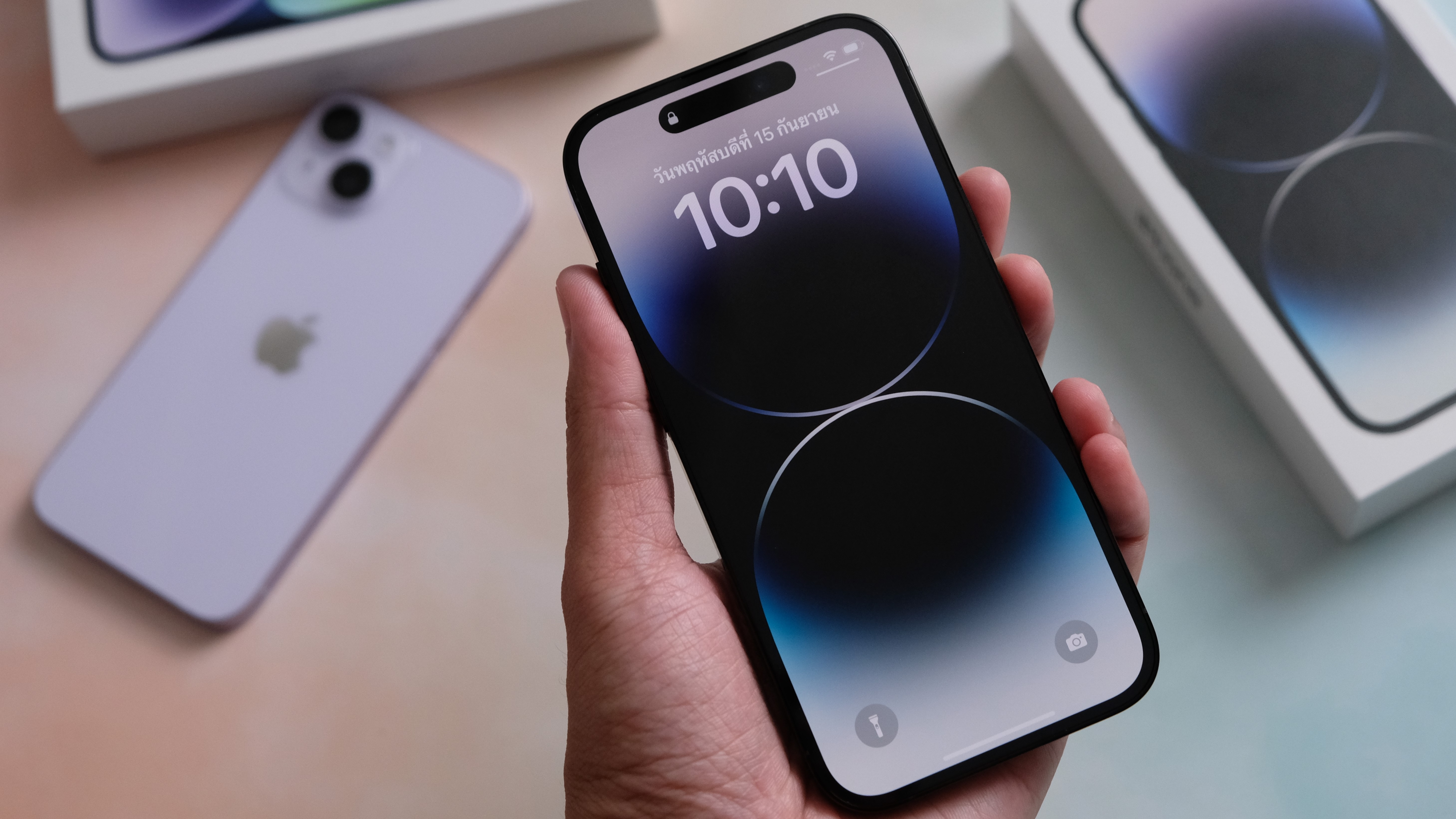The iPhone 15 Pro might be the first iPhone with no physical buttons
The home button was apparently just the first to go

Apple could be removing the iPhone’s last remaining buttons if analyst Ming-Chi Kuo is to be believed.
While the iPhone 14 and iPhone 14 Pro are barely a month old, predictions for the next-generation devices (the iPhone 15 and iPhone 15 Pro) are already starting to emerge. The latest rumor comes from Apple analyst Ming-Chi Kuo who said in a tweet that the “two high-end iPhone 15” models (most likely the iPhone 15 Pro and larger iPhone 15 Pro Max based on Apple’s current naming conventions) may use a solid-state button design based on information from Apple’s suppliers.
Rather than pushing in like mechanical buttons, solid-state inputs don’t move at all, meaning they’re essentially just touch-sensitive surfaces. This wouldn’t be the first time Apple has used a solid-state design for its buttons. Before ousting it almost completely, the home button on the iPhone 7 and iPhone 8 was a nonmechanical input – and the same design is still used by Apple in the iPhone SE (2022).
To help these new buttons feel like the mechanical ones, Kuo has said that Apple will, as it's done for years with the Touch ID button, use taptic engines to mimic the sensation of pushing a real button.
As with all rumors, this one should be taken with a pinch of salt. Until Tim Cook steps onto Apple’s stage in Cupertino, there’s no guarantee what the next iPhone will look like – or even if it’ll be the iPhone 15, Apple has skipped numbers before such as the nonexistent iPhone 9. But Kuo has a strong track record for predicting Apple’s next tech, so it’s worth paying attention to what the analyst has to say.
Why change the iPhone 15 Pro’s buttons?
The main advantage of switching over to non-mechanical inputs is that the parts are way less likely to wear out from use compared to their mechanical counterparts. Beyond helping your iPhone 15 last longer, the taptic engines will also give Apple the opportunity to introduce new gesture controls.
You’d likely still be able to press the buttons to control your iPhone's volume and power, but Apple could also implement swiping gesture controls or inputs that vary based on how hard the button is pressed – i.e. a light tap could increase the volume by one step, while a hard press instantly maxes out or mutes your device.
Get daily insight, inspiration and deals in your inbox
Sign up for breaking news, reviews, opinion, top tech deals, and more.
We’ll have to see how Apple chooses to implement these new sold-state buttons, assuming it even introduces them at all, but Kuo adds in a follow-up to his original tweet that if Apple does bring these changes it likely won’t be the last smartphone manufacturer to do so. Kuo believes that we’ll likely see many of the future best Android smartphones follow suit with solid-state buttons of their own.

Hamish is a Senior Staff Writer for TechRadar and you’ll see his name appearing on articles across nearly every topic on the site from smart home deals to speaker reviews to graphics card news and everything in between. He uses his broad range of knowledge to help explain the latest gadgets and if they’re a must-buy or a fad fueled by hype. Though his specialty is writing about everything going on in the world of virtual reality and augmented reality.